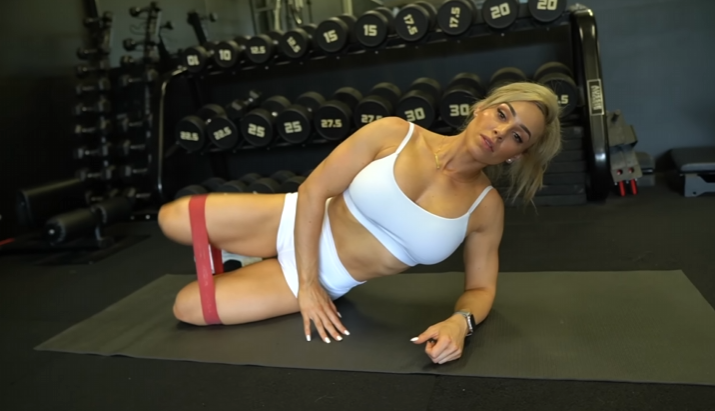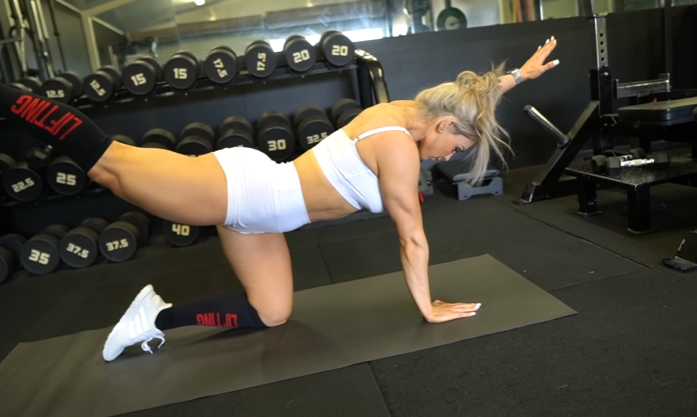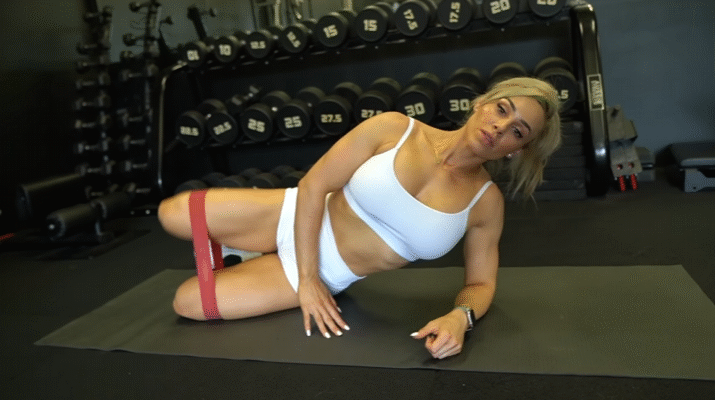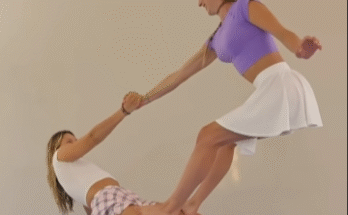
Deadlifts are one of the most popular and powerful exercises in strength training. They work your entire body, especially your glutes, hamstrings, lower back, and core. When performed correctly, deadlifts can build muscle, improve posture, and enhance athletic performance. But with great power comes great responsibility—many people wonder, “Do deadlifts hurt your back?”
The short answer is: They can… but they shouldn’t.
Let’s dig into why deadlifts get a bad reputation for causing back pain, and how you can perform them safely to reap all the benefits without injury.

Why People Think Deadlifts Hurt Your Back
It’s not uncommon to hear stories of someone tweaking their back during a deadlift. It might be a friend at the gym or someone on social media who “threw out their back” while lifting. This leads to the belief that deadlifts are inherently dangerous.
But the real problem isn’t the deadlift itself—it’s how the deadlift is done.
Poor form, excessive weight, lack of core engagement, or even pre-existing conditions can turn a beneficial movement into a risky one. Let’s look at the top reasons deadlifts cause back pain:
1. Poor Technique
The number one cause of back pain from deadlifts is bad form. Common mistakes include:
- Rounding the lower back
- Jerking the bar off the ground
- Starting with the hips too low or too high
- Not keeping the bar close to the body
When your spine isn’t in a neutral position, especially under load, the chances of injury rise significantly. A rounded back puts tremendous pressure on the spinal discs, which can lead to strains, herniated discs, or muscle pulls.
2. Lifting Too Heavy
Your ego can be your worst enemy in the gym. Lifting more weight than you’re ready for often leads to compensations in form—like using your back instead of your legs or rushing through the movement. Heavy loads without proper preparation strain your spine and supporting muscles.
3. Lack of Core Strength
Your core stabilizes your entire body, especially your spine. A weak core means your back muscles have to pick up the slack, leading to overuse and possible injury. Think of your core as your body’s natural weightlifting belt. If it’s not tight and strong, your back suffers.
4. Skipping the Warm-up
Jumping into heavy lifts without warming up your body is like starting a car and immediately flooring the gas pedal. Muscles, joints, and connective tissues need to be primed before serious lifting. Cold, stiff muscles are much more prone to injury.

The Right Way to Deadlift
If deadlifts are done with proper technique, they’re not only safe—they’re actually good for your back. They strengthen the entire posterior chain, which supports your spine and improves your posture.
Here’s how to deadlift the right way:
✅ 1. Start With the Right Setup
- Feet shoulder-width apart
- Barbell over the middle of your feet
- Hinge at the hips and bend your knees to grip the bar
- Keep your back flat, chest up, and shoulders back
✅ 2. Engage Your Core
Before you lift, brace your core like you’re about to be punched in the stomach. This creates intra-abdominal pressure to protect your spine.
✅ 3. Lift With Control
Push through your heels, extend your hips and knees at the same time, and keep the bar close to your body. Your spine should stay neutral throughout the movement.
✅ 4. Lower With Purpose
Don’t just drop the bar. Hinge your hips back, then bend your knees. Controlled lowering is as important as the lift.
✅ 5. Use Proper Progression
Start with light weights to learn the movement pattern. Once your form is solid, gradually increase the load. Don’t rush the process.

Should You Avoid Deadlifts if You Have Back Pain?
If you already have back pain or a history of injuries, you might be cautious—and that’s smart. But that doesn’t mean deadlifts are off-limits forever.
Many physical therapists and rehab specialists actually recommend modified deadlifts as part of recovery because they strengthen muscles that stabilize the spine. Variations like trap bar deadlifts, Romanian deadlifts (RDLs), or even kettlebell deadlifts can be easier on the back while still building strength.
The key is to work with a coach, trainer, or medical professional to assess your mobility, posture, and mechanics. Personalized guidance ensures that you’re not aggravating existing issues.
Signs You Might Be Deadlifting Incorrectly
If you experience any of the following during or after deadlifts, it’s time to check your form:
- Sharp or shooting pain in the lower back
- Pain that travels down the leg (sciatica symptoms)
- Soreness that lingers more than a couple days
- Needing to “pop” your back frequently after lifting
These are warning signs, not badges of honor. A good deadlift should challenge you, yes—but it shouldn’t leave you in pain.

Tips to Keep Your Back Safe While Deadlifting
- Film Yourself: Use your phone to check your form. What feels right doesn’t always look right.
- Mobility Work: Tight hips and hamstrings pull your spine out of alignment. Stretch and foam roll regularly.
- Strengthen Your Core: Exercises like planks, bird dogs, and dead bugs help build a rock-solid core.
- Use a Coach: A trained eye can make small adjustments that prevent big problems.
- Listen to Your Body: Fatigue and form don’t mix. If you’re tired, lower the weight or stop.
Final Thoughts: Are Deadlifts Dangerous?
Deadlifts aren’t dangerous when performed correctly. In fact, they’re one of the best tools for building a strong, resilient back. But like any powerful movement, they require respect, patience, and proper technique.
If you’re dealing with back issues or new to lifting, don’t be afraid to modify or ask for help. A smart deadlift approach can actually help prevent back pain by strengthening the very muscles that protect your spine.
So the next time you wonder, “Do deadlifts hurt your back?” — remember: deadlifts don’t hurt your back. Poor form does.



